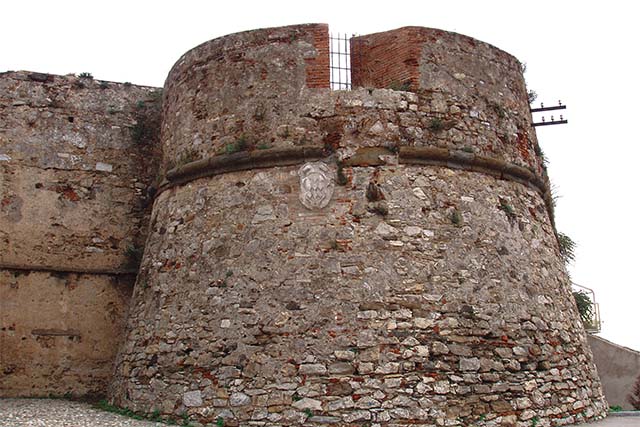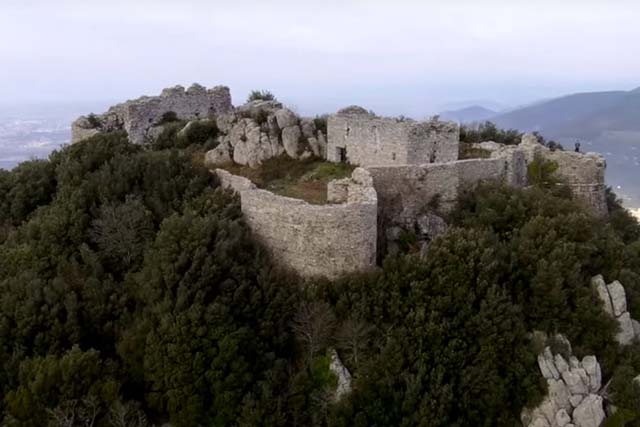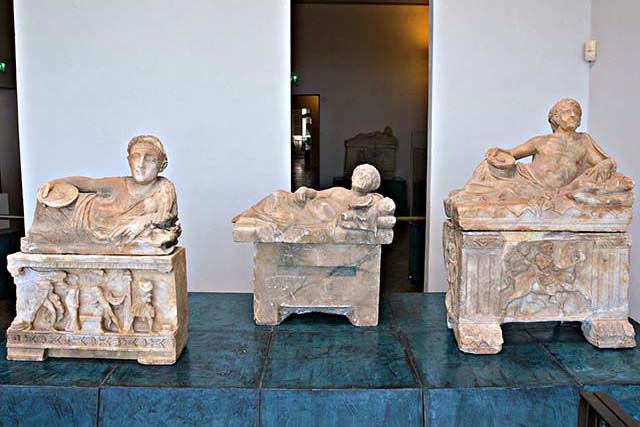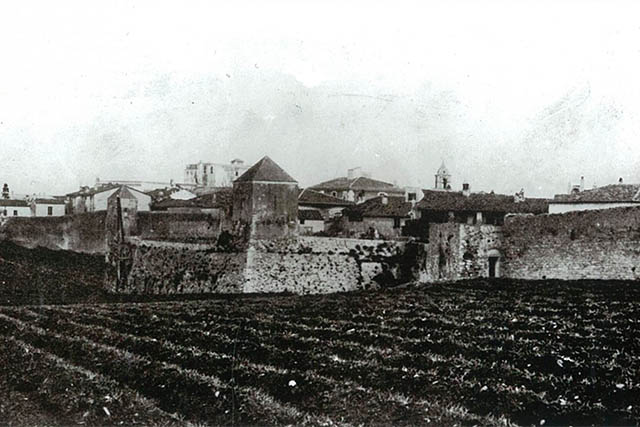Places of Tuscany
Filter/Filtra
From his notebooks it is clear that on his second visit to Piombino Leonardo examined in great detail the town’s defensive walls and its castle (which was later subsumed in the walls of the fortress), and this led him to propose various significant structural additions and modifications. The fortress complex has since undergone numerous transmutations (in the mid-19th century it was taken over by the state, which used it as a prison for many decades) and today, after a thorough-going renovation, it houses a permanent museum and space for temporary exhibitions.
Defensive stronghold of the Pisan Republic was inspected by Leonardo in 1503 to plan its restoration after the defeat of Pisa by the Florentines. Leonardo draws it, around 1503, on folios 4r, 7v and 8r of Madrid Ms. II.
The early Renaissance humanists were already beginning to discuss and circulate information on the Etruscan origins of Volterra, which then attracted the interest of the Medici family. Leonardo certainly studied the archaeological remains of this ancient town for he dedicates particular attention to Volterra in various notebooks, and on two maps (Royal Collection, Windsor Castle) he sketches some of these remains with great accuracy from different angles.
The city walls of Piombino were a point of particular interest for Leonardo. While for Cesare Borgia he concentrated primarily on two projects – the reclamation of the marshlands surrounding the town and the improvement of the road network that connected Piombino (an important port on the Tyrrhenian Sea since Etruscan times) with the rest of Tuscany – for the rulers of Florence he made a study of the town’s strategic defenses.







